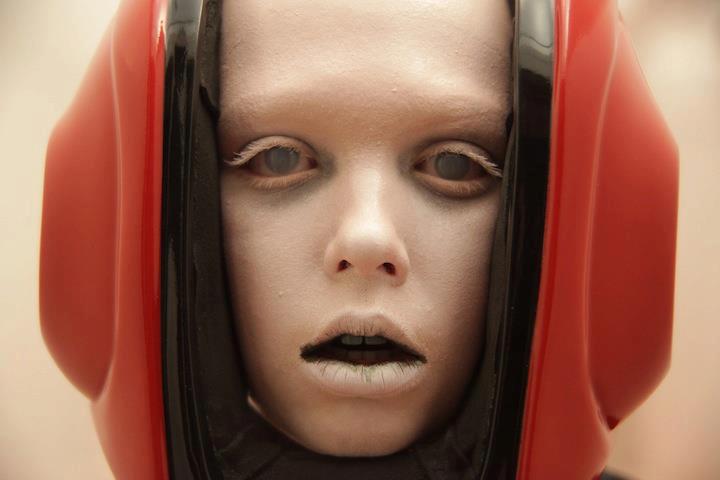
Evoking mood in film can be done masterfully with color. From humble black and white beginnings, film has evolved to utilize color in ways that complement a directors’ vision and enhance the tone of the movie. The hues chosen for each scene can be not only aesthetically pleasing, but also draw out an emotional response from the audience and highlight transitional points in the story.
With color being in the forefront of films nowadays, it’s easy to become jaded to the beauty and enhancement of progression past black and white entertainment. Some directors take that expectation and milk the most out of a color palette to create a new movie experience. These experiences can be rich, vivid, and bold in display.
Certain stories are received in a way that garner special viewer attention. Films like The Rocky Horror Picture Show (1975), Labyrinth (1986), and Donnie Darko (2001) are favored fondly for musical scores, beloved actors, and complex story lines.
Cult classics like A Clockwork Orange (1971) are revered for many reasons, but are particularly celebrated for vibrant color palettes that soak each scene with more flavor. From primary colors to neon pinks, any tint or shade can be used to send a particular message to the viewer. Honing in on a specialized color palette can lead a film to reach new heights.
Featuring two movies directed by Nicolas Winding Refn, and two important giallo films, this curation of color is merely a glimpse into the world of saturated storytelling. The list ranges from expected pictures like Drive (2011), to more obscure pieces like Belladonna of Sadness (1973).
While many more films could accompany these visually stunning cult classics, the following represent a base foundation for those interested in the palettes of a director’s eye. This list takes a look at ten notable cult films with vibrant color palettes.
1. The Holy Mountain (1973)
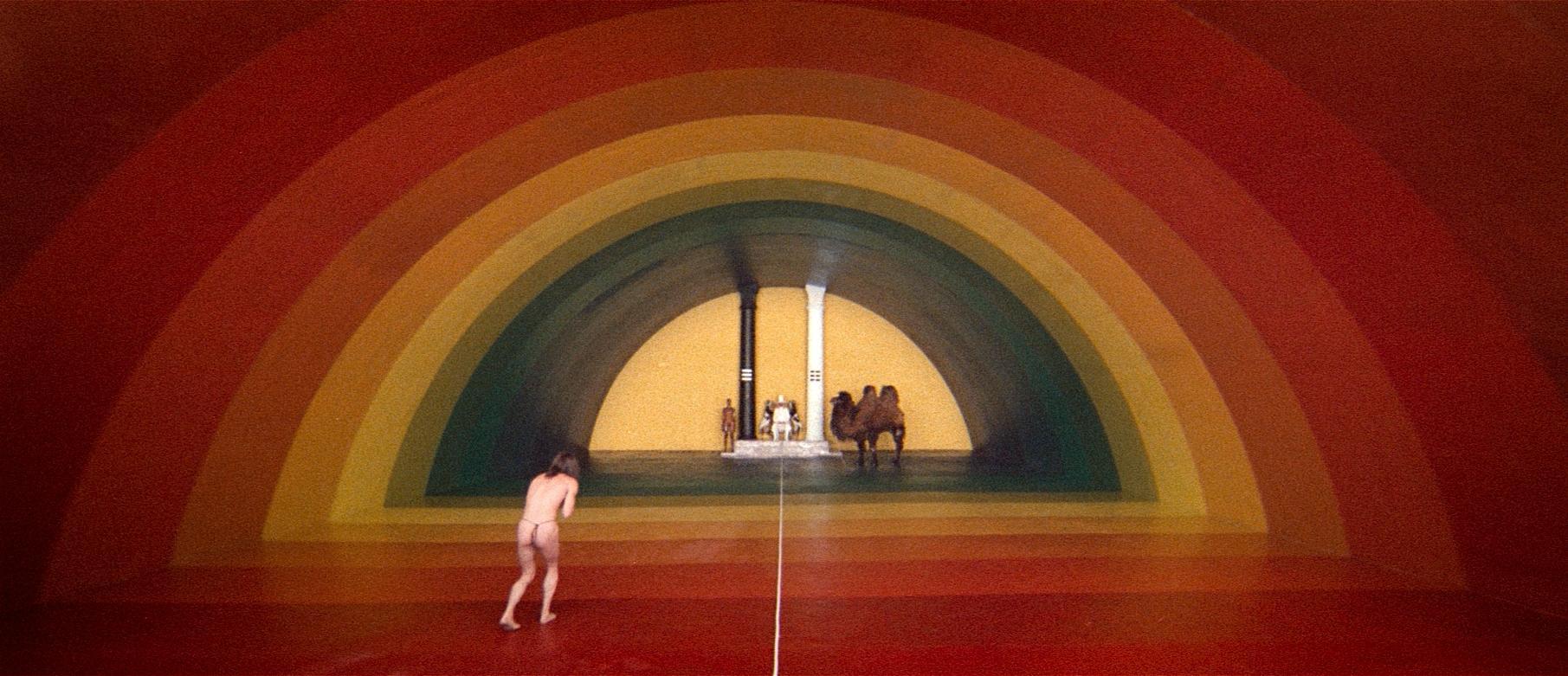
Alejandro Jodorowsky’s take on tarot surrealism comes to us in the 1973 cult classic, The Holy Mountain. A color carnival that utilizes the emotional connection of white versus black, The Holy Mountain serves as a study in perfecting visual storytelling through saturation of the rainbow. Jodorowsky uses white to demonstrate purity and spiritual understanding, and black to send a message of chaos. This is especially true for the Alchemist (Alejandro Jodorowsky) character’s clothing.
Along with the many religious themes present in the film, imagery is achieved through ritualistic uses of color. Transformation and mortality are depicted in vibrant, bloody scenes that change throughout the film.
Complementary colors are also present throughout the film, such as the captivating orange and blue clothing in the factory. The Holy Mountain also uses the mass coloring technique to show idealization of a group and cohesion of a singular theme that includes shedding one’s true self.
This film not only stars director Alejandro Jodorowsky as the Alchemist, but also Horacio Salinas as The Thief.
2. The Neon Demon (2016)
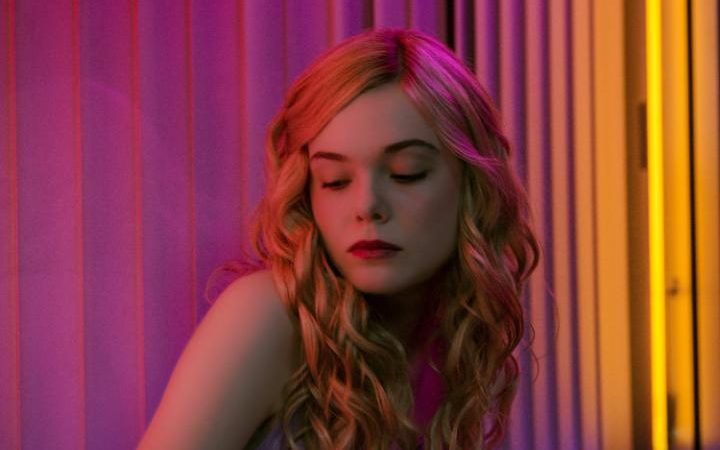
Nicolas Winding Refn’s 2016 mystery, The Neon Demon, uses primary colors to amp up the dramatic style of the fashion modeling world. Despite being a recent film, the highly stylized shots and nod to Alice in Wonderland serve well to cult fans everywhere. Although the film has punches of pink within most frames, yellow, red, and blue remain a favorite color palette for the director’s eye.
Starting out in shades of blue, The Neon Demon lightens each shot with trickles of familial hues. Giving an almost water-like quality to the film, a sense of slow drowning is shared by both the audience and Jesse (Elle Fanning). Yellow remains a transitional color as it does with most of Refn’s films, finally giving way to a red second act. Pops of red can be seen in those rife with jealousy over Jesse’s success. There is also a foreshadowing of danger and the loss of innocence within each reddened scene.
The Neon Demon has a star-studded cast that includes Elle Fanning as Jesse, Christina Hendricks as Roberta Hoffman, Jena Malone as Ruby, and Keanu Reeves as Hank.
3. Blood and Black Lace (1964)
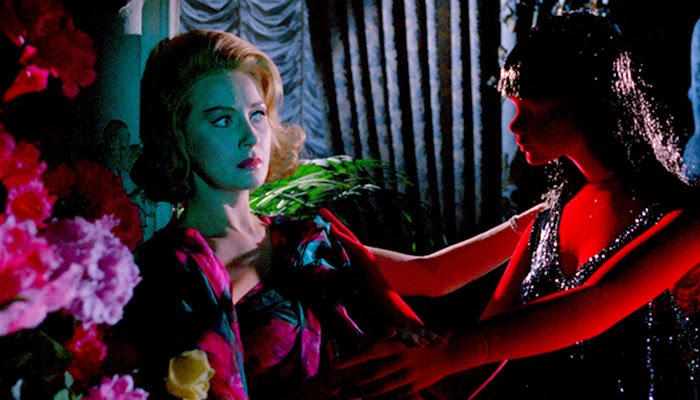
Another film on the list featuring the world of fashion models is Mario Bava’s 1964 cult classic, Blood and Black Lace. With a powerful aesthetic that highlights blood, murder, and glamour, Blood and Black Lace frames each shot with sizzling color that marries perfectly with the nightly shadows of a lurking psychopath.
The way Bava films each scene is reminiscent of faulty neon lighting in a salon, with blinks of fuchsia and red to welcome unsuspecting visitors. However, the only welcome the characters of Blood and Black Lace are getting is an exquisitely bold death that features vibrant shades to complement their timely end. Bava’s picture is a quintessential giallo film, although not the only one on this list of vibrant color palettes.
Starring as the salon managing lovers Countess Christina Como and Max Morlan, are Eva Bartok and Cameron Mitchell respectively. Thomas Reiner plays Inspector Sylvester and Arianna Gorini plays Nicole.
4. Enter the Void (2009)
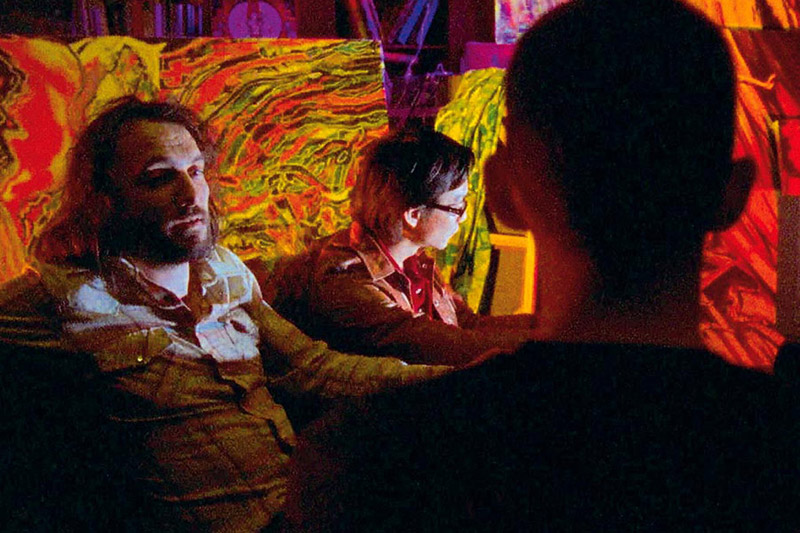
Gaspar Noé, most famously known for the impactful film Irréversible, follows up with a kaleidoscope trip through the afterlife in Enter the Void. Dripping in jewel tones that mimic a DMT hallucination, Enter the Void shows the events that lead up to and proceed drug dealer Oscar’s (Nathaniel Brown) death.
The film is shot from the perspective of Oscar’s spirit as he watches the people and events that continue on after his being shot in a club called The Void. Oscar’s sister Linda (Paz de la Huerta) is framed in many scenes of orange, pink, and purple to display the warmth Oscar still holds for her even after his passing. Swirls of sparkling color bind the storyline together as nightlife in Tokyo is told through the eyes of Oscar’s observant soul.
Acting out the emptiness of life and death are Nathaniel Brown as Oscar and Paz de la Huerta as Oscar’s sister Linda. Playing Oscar’s existential friend, Alex, is Cyril Roy. It should be noted that the cinematography for Enter the Void, Benoît Debie, also worked on Spring Breakers (2012) and Irréversible (2002).
5. Belladonna of Sadness (1973)
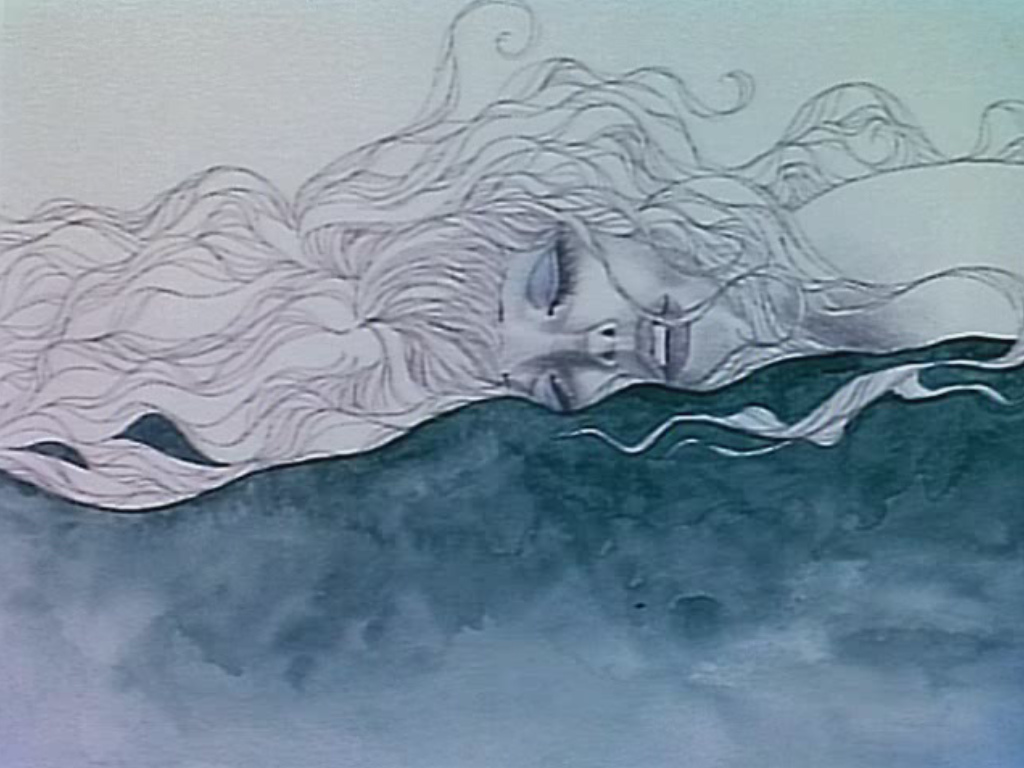
Eiichi Yamamoto blends a strong foundation of eroticism, psychedelia, and music in the1973 cult classic, Belladonna of Sadness. The film is made up of delicate watercolor paintings and animates the story of Jeanne (Aiko Nagayama) and her rise to power after a deal with the devil.
The trippy, art style of the film is accentuated by paintings that feature bold, purple swirls to symbolize lust, mystery, and power. Jeanne’s influence on her village progresses with the film. To create visual connection with the audience, Yamamoto makes deeper shades and overwhelms the scenes with color. These techniques display an intensity that matches Jeanne’s new outlook on life.
Aiko Nagayama voices Jeanne, while Katsutaka Ito voices her husband Jean. Tatsuya Nakadai voices the ever-tempting Devil of the film. Belladonna of Sadness is part of the Animerama trilogy, with the first two films being A Thousand and One Nights (1969) and Cleopatra (1970).